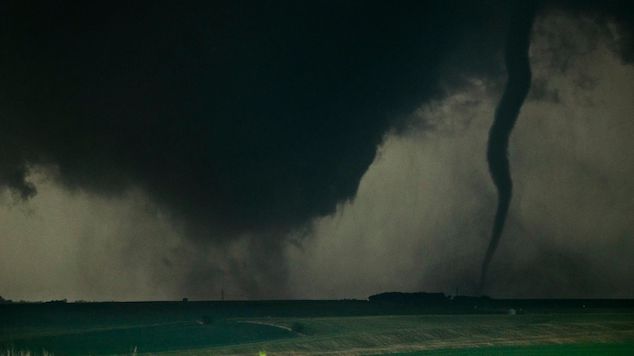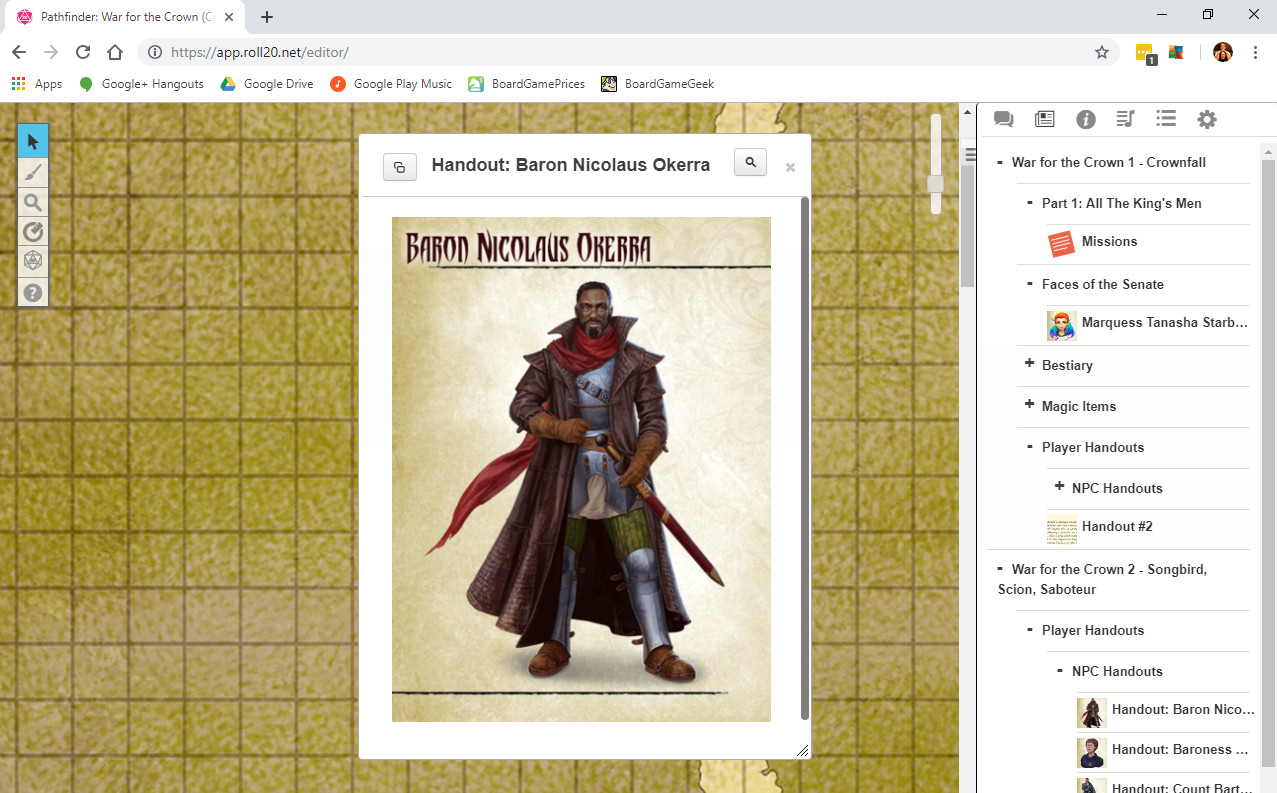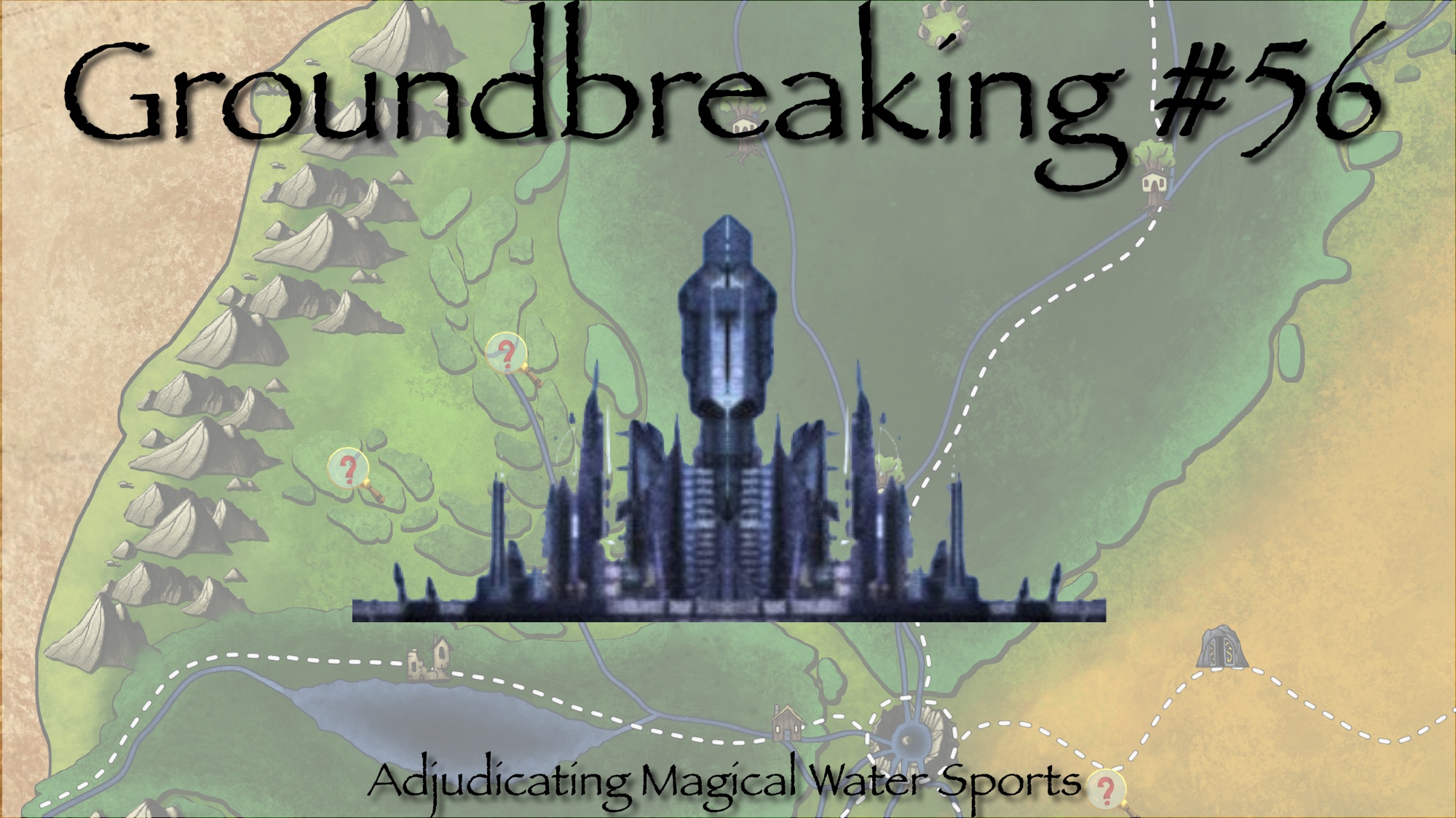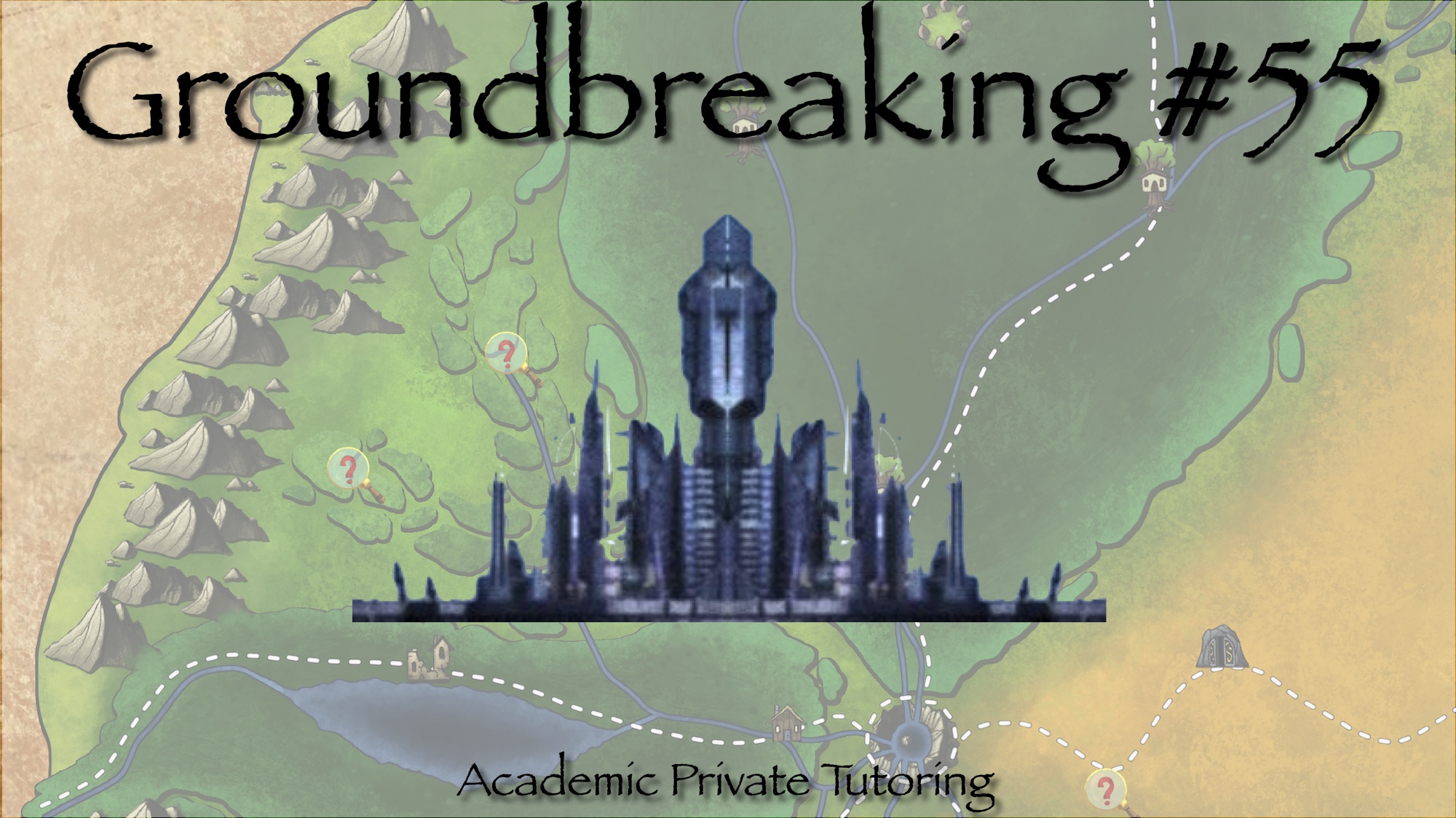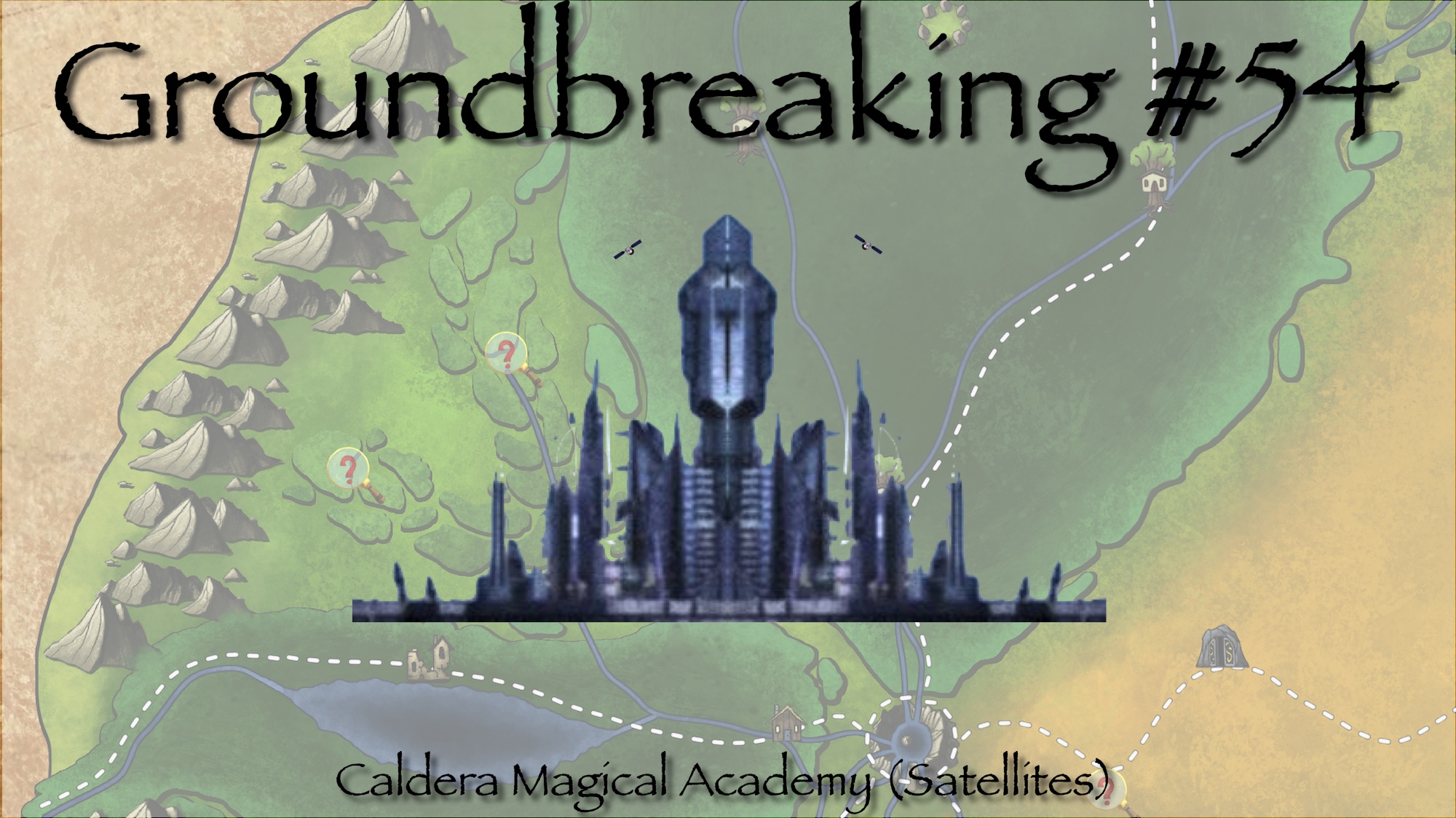In many lands around the world, there exist insects that are considered a plague. Often arriving every 13 or 17 years, erupting from the lands and decimating the environment as if the earth itself were out to destroy all life, only to disappear as quickly as it arrived, to lie dormant again.
Randal here, back for more Groundbreaking. This time I wanted to take a look at how we could incorporate something like cicadas and how it can be used by players and GMs alike to further enhance the role that the sandbox itself plays in games.
 The Coming Storm. The first sign that the cicadas are about to spawn strangely comes from the rainforest valley. The winds that normally pass through and whistle and hum take on a different tone. Nobody has quite managed to explain why, but some suspect that the druids know and just aren’t saying. The second sign, is the suddenly dip in activity and presence of insects within the valley itself, especially the fireflies that are always a comforting presence in the usually gloomy villages. In the month leading up to the emergence of the cicadas, the valley’s tonal changes become more apparent to those further and further away, until eventually, those in Lakeside Proper can hear it.
The Coming Storm. The first sign that the cicadas are about to spawn strangely comes from the rainforest valley. The winds that normally pass through and whistle and hum take on a different tone. Nobody has quite managed to explain why, but some suspect that the druids know and just aren’t saying. The second sign, is the suddenly dip in activity and presence of insects within the valley itself, especially the fireflies that are always a comforting presence in the usually gloomy villages. In the month leading up to the emergence of the cicadas, the valley’s tonal changes become more apparent to those further and further away, until eventually, those in Lakeside Proper can hear it.
The Changing Tides. In the two weeks leading up to the cicadian invasion, the fish of the rivers and canals begin shifting their populations. Larger fish leave the rivers and move into the canals, chasing away the smaller fish that must then hide in the creeks and pools and streams in the surrounding regions. In the last few days, the water itself begins to vibrate and hum slightly as the entirety of the lands west of the farmland carry the movement and sounds of the swarms from the tree covered lowlands and hills just east. In the final hours before it happens, the water begins to froth as the fish (and other water predators) go into a frenzy of anticipation.
The Migrant Hunters. As all animals are more in tune with their environment than people are, these warning signs are not just an alarm for those that must flee … they are a dinner bell for those that are hungry. Little vermin begin to run from the valley, knowing that the crops are going to attract the unstoppable swarm of death. This, in turn, summons the larger felines to an easy series of meals. Likewise, wolves and other predators from the northern forests will brave the fringes of the desert and swamp to make the trip south to feast upon the many herd animals that are either set loose to flee or simply get scared/spooked and run away. Even the giant scorpions move west looking for easier/softer prey, and the giant flies apparently have a hunger for the cicadas themselves.
 Savior from the Deep. Within hours of the first emergent insect, the world appears to be vacant. All creatures that can run and hide have done so. Intelligent and animalistic alike. Few humanoids are crazy enough to stay out doors during the siege that decimates the crops that they were unable to properly harvest and safely store. Even with modern construction and knowledge of past events, some homes are still destroyed, their owners along with them, such is the might of the plague. Luckily, the region has a savior in the yet another swarm. Bats from deep within the ancient magma chambers below the caldera have learned over the millennia that there is a free meal on the surface every 17 or so years. Their senses can feel the vibrations coming from the grounds above their head, even before those on the surface can. The begin their month long migration through the chambers and tunnels and chimneys that ultimately lead them to the surface via the caves in the rainforest.
Savior from the Deep. Within hours of the first emergent insect, the world appears to be vacant. All creatures that can run and hide have done so. Intelligent and animalistic alike. Few humanoids are crazy enough to stay out doors during the siege that decimates the crops that they were unable to properly harvest and safely store. Even with modern construction and knowledge of past events, some homes are still destroyed, their owners along with them, such is the might of the plague. Luckily, the region has a savior in the yet another swarm. Bats from deep within the ancient magma chambers below the caldera have learned over the millennia that there is a free meal on the surface every 17 or so years. Their senses can feel the vibrations coming from the grounds above their head, even before those on the surface can. The begin their month long migration through the chambers and tunnels and chimneys that ultimately lead them to the surface via the caves in the rainforest.
Recovery. While it takes a toll on the terrain, the druids have been very adamant that there will be no interference with the course of nature. So far, the farmers have all been happy to oblige, even with the loss of life that sadly still occurs. The destruction makes for new growth and the droppings from the bats continue to keep the soil fertile for the next 15 or so years.
 GM Note. Why should we include such events in our games, especially when it is phrased and presented in a way that the players shouldn’t interact with it or cannot alter it? I think these types of events are a prime example of what makes a sandbox tick. It presents a sense of time and movement through that time, showing that the world around the PCs changes regardless of what they do to it or for it. Also, this presents a great amount of opportunity for the PCs to interact with the area in ways they wouldn’t normally when presented with a clear bad guy to kill. You can include PC families and preparing for the coming plague, or perhaps they return after a plague and need to help pickup the pieces. It provides a sense of realism for bringing in predators that wouldn’t normally be in a region, such as the giant scorpions or flies in the farmlands after I made such a big deal about their home firmly being desert. Perhaps they PCs must deal with a faction of humanoids that are “good” that have had enough with the plagues, so that they must now defend nature and stop “good” people. These types of giant, seemingly world shaking, events should allow you to enhance the story by mixing your stories and tropes up and allow your sandbox to display variety and change. Especially if you have felt it to be going stale.
GM Note. Why should we include such events in our games, especially when it is phrased and presented in a way that the players shouldn’t interact with it or cannot alter it? I think these types of events are a prime example of what makes a sandbox tick. It presents a sense of time and movement through that time, showing that the world around the PCs changes regardless of what they do to it or for it. Also, this presents a great amount of opportunity for the PCs to interact with the area in ways they wouldn’t normally when presented with a clear bad guy to kill. You can include PC families and preparing for the coming plague, or perhaps they return after a plague and need to help pickup the pieces. It provides a sense of realism for bringing in predators that wouldn’t normally be in a region, such as the giant scorpions or flies in the farmlands after I made such a big deal about their home firmly being desert. Perhaps they PCs must deal with a faction of humanoids that are “good” that have had enough with the plagues, so that they must now defend nature and stop “good” people. These types of giant, seemingly world shaking, events should allow you to enhance the story by mixing your stories and tropes up and allow your sandbox to display variety and change. Especially if you have felt it to be going stale.

